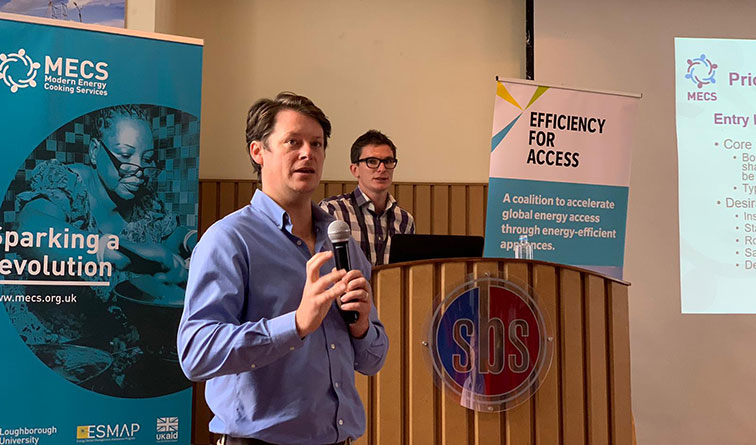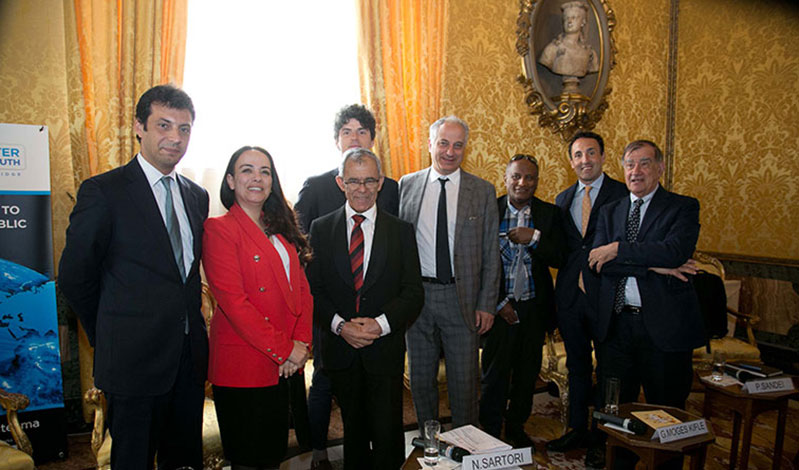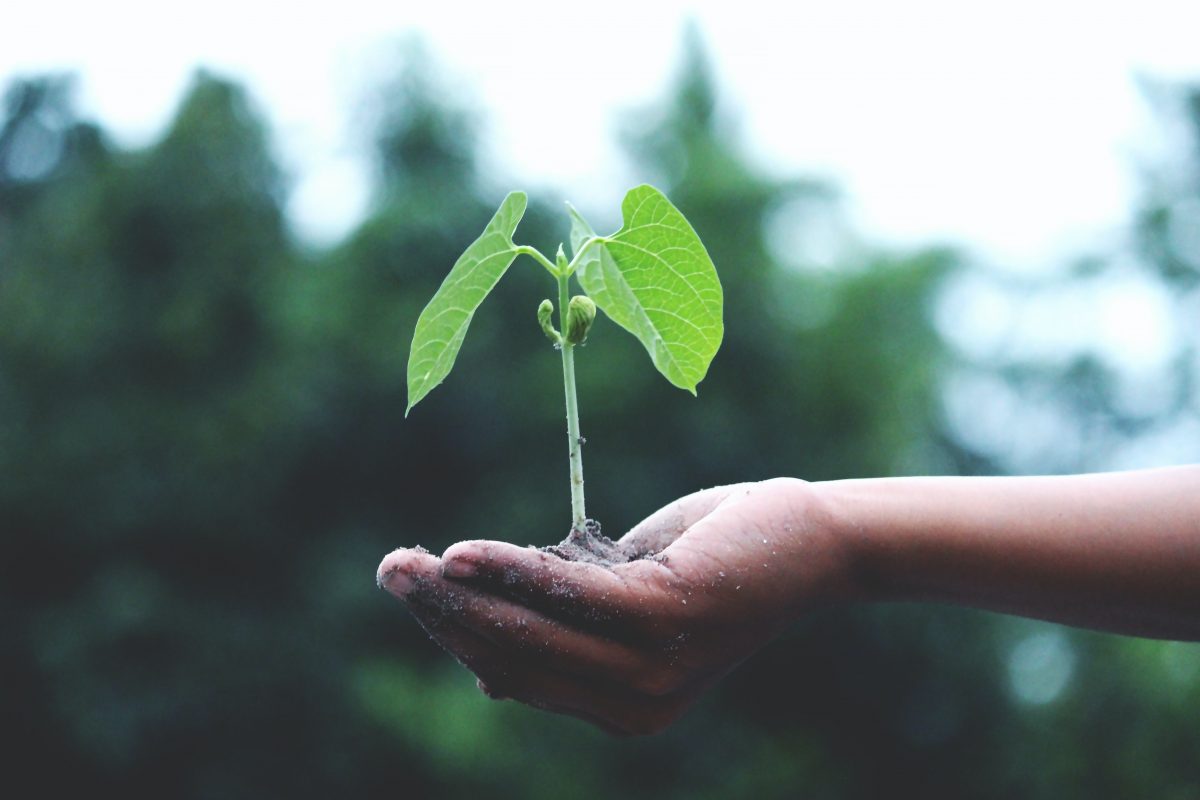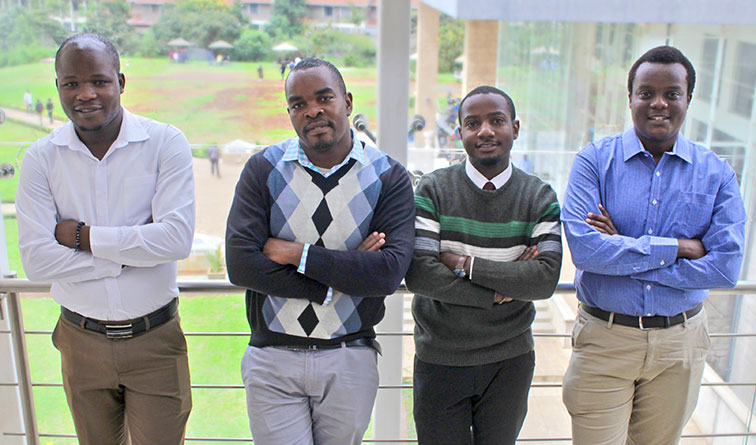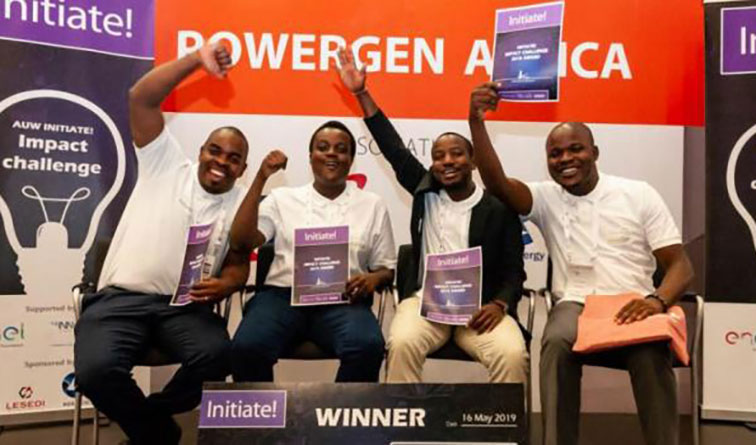
The team representing Strathmore University won the Initiate! Impact Challenge during this year’s African Utility week in Cape Town, South Africa. Alex Osunga, Fredrick Amariati, Ignatius Maranga and Raymond Kiyegga emerged victorious after their innovation, The Kijiji project, was selected as the best from a pool of four participating universities: Stellenbosch University, University of Cape Town, the University of Witwatersrand and Strathmore University.
The challenge was sponsored by Enel Foundation, the Innovation Hub, Lesedi Nuclear Services and the Russian Nuclear Agency, Rosatom. The team took home R20, 000 which they would like to invest in their winning project, the Kijiji Project.
Solar powered container
The project provides a solution to electricity access in rural areas and is centred on a solar powered container. The container is a hub that acts as a power source, and an attraction point for people. It also has a health clinic, a knowledge hub and provisions for business. It is a 40ft container with 25kW capacity solar panels and 6000AH battery storage. This supplies electricity to the clinic, knowledge hub and three shops (with a capacity of cooling and having a maize mill).
“Through the container, people will see and understand the benefits of electricity. This will lead them to want electricity in their homes. More containers can be added with demand, and some energy can be used to charge batteries for home use. Solar-Powered bikes will deliver these batteries to homes. Like an Uber for Energy,” said Ignatius Maranga.
Open Africa Power Alumni
The team found it a challenging yet wonderful learning experience. They emphasised the importance of teamwork, simplicity and never giving up. Ignatius Maranga (also a member of Engineering for Change) and Fredrick Amariati are Open Africa Power 2018 alumni. Alex Osunga is a former president of the Strathmore University Environment Club.
“Our solution was urbanising rural areas. So we set up a centre where people can do business and then the community can be empowered both by those running the business and their customers,” said the team as they explained their solution and the role of their innovation.
This article was written by Christine Mukasa
If you have a story, kindly email: communications@strathmore.edu

